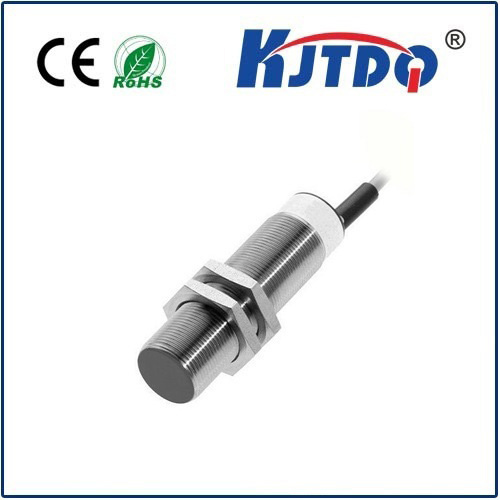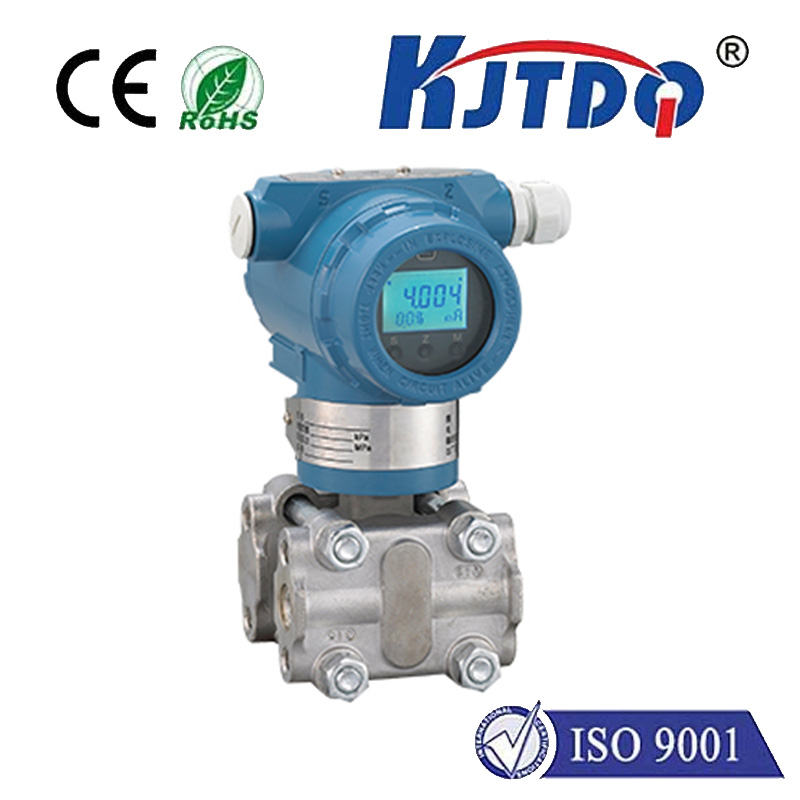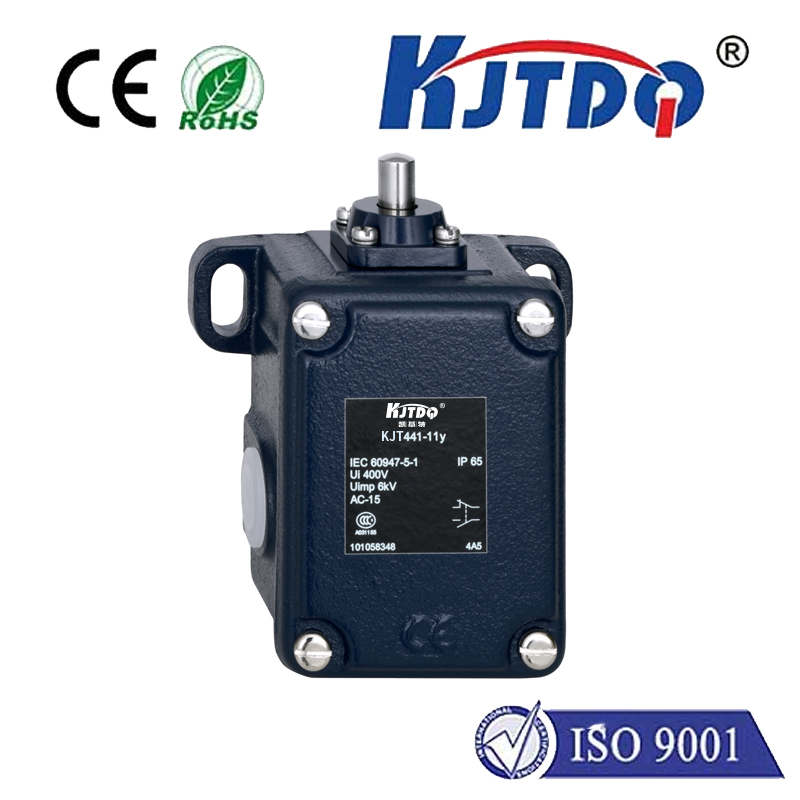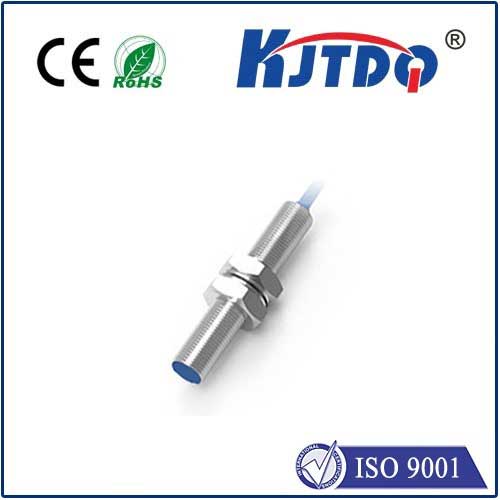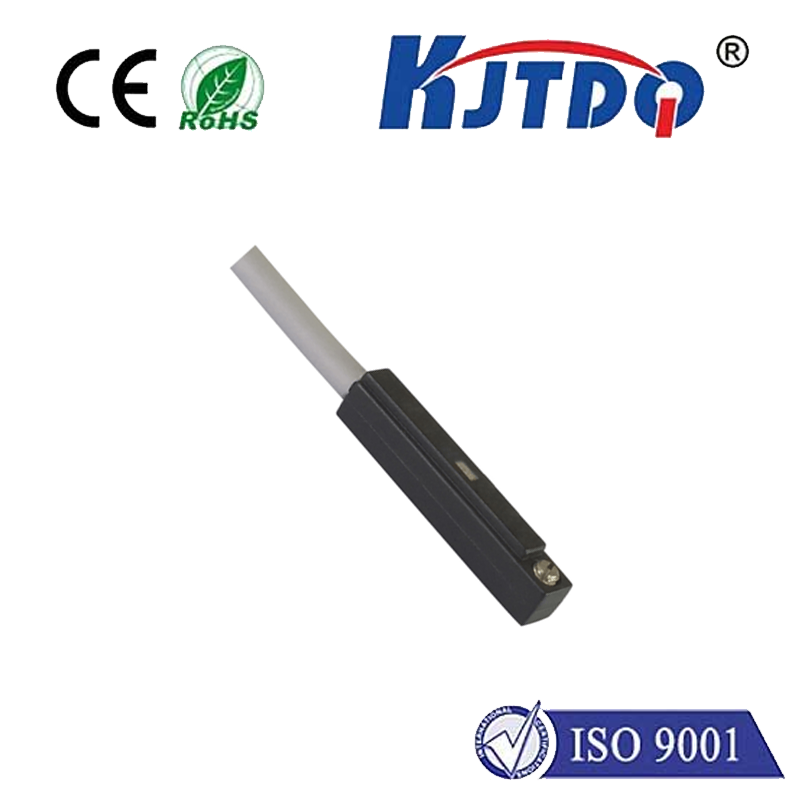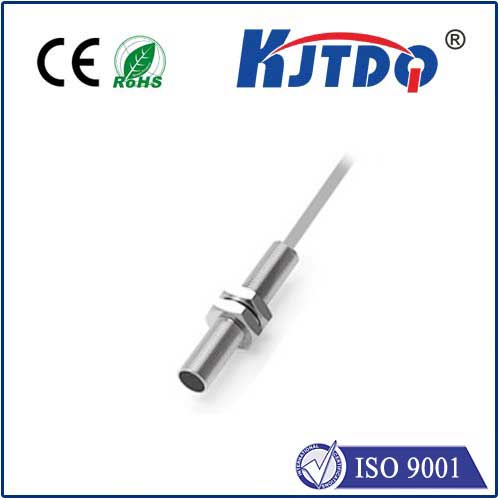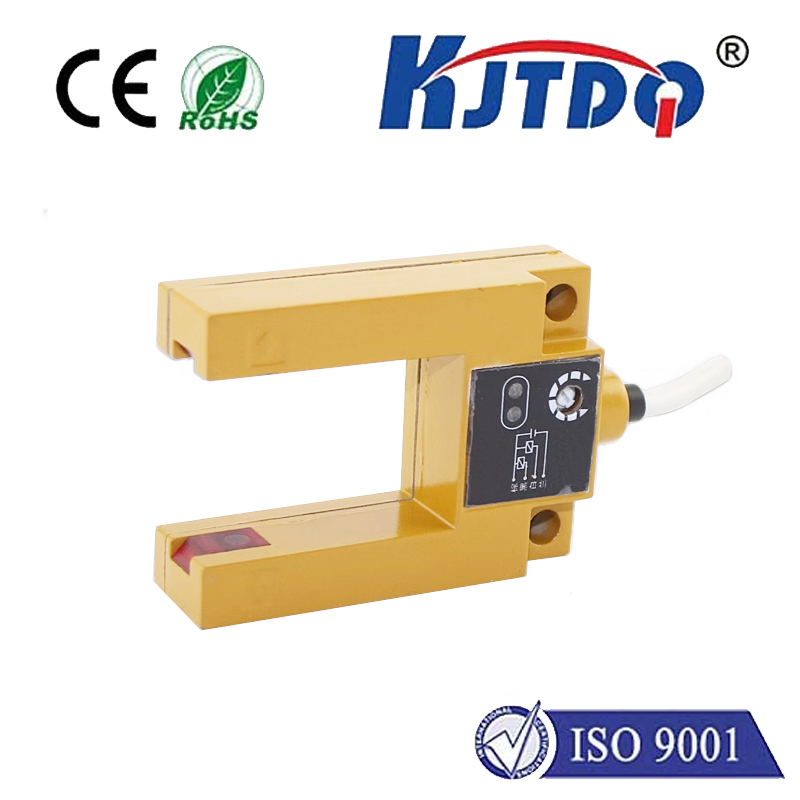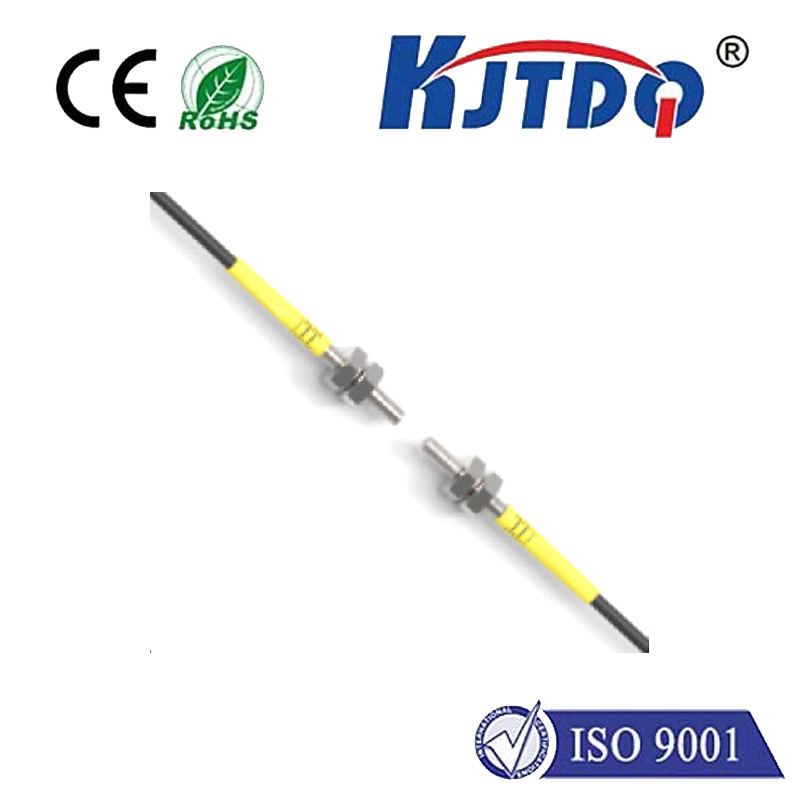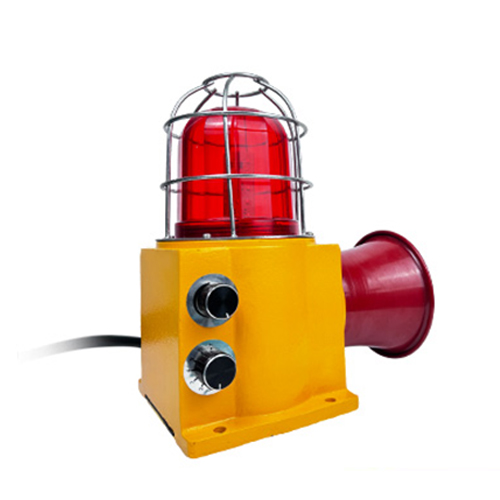BES01LM high pressure proximity sensor
- time:2025-10-13 17:28:14
- Click:0
BES01LM: Your Essential High Pressure Proximity Sensor for Demanding Industrial Applications
Industrial automation thrives on precision and reliability, especially in environments where extreme conditions are commonplace. Picture a critical hydraulic press line malfunctioning unexpectedly, causing costly downtime and potential safety hazards. Often, the unseen culprit is a proximity sensor failing under the relentless strain of intense pressure pulses and vibration. This is where specialized components like the BES01LM High Pressure Proximity Sensor become indispensable. Engineered to excel where standard sensors falter, the BES01LM provides robust, dependable object detection precisely where pressure isn’t just a factor – it’s the defining challenge.
The Unrelenting Challenge of High Pressure in Automation
Within heavy machinery, hydraulic systems, die casting, forging presses, and high-pressure testing equipment, sensors face a constant battering. Traditional inductive proximity sensors, while excellent for many tasks, can succumb to several pressure-induced issues:
- Structural Failure: Intense hydraulic spikes or constant pressure cycles can physically deform sensor housings, crack potting materials, or damage internal electronics.
- False Triggers or Missed Signals: Pressure fluctuations can cause minute movements in mounting brackets or the sensor itself, leading to erratic switching behavior.
- Seal Breaches: High pressure can compromise seal integrity, allowing hydraulic fluid or process contaminants to penetrate, causing corrosion and electrical failure.
- Premature Wear: Continuous vibration and shock, often companions to high-pressure environments, accelerate wear on internal components and connections.
Ignoring these challenges risks unplanned shutdowns, compromised product quality, safety incidents, and significantly increased maintenance costs. Selecting a sensor explicitly designed for high pressure applications is not a luxury; it’s a necessity for operational integrity.

Introducing the BES01LM: Engineered for Resilience
The BES01LM High Pressure Proximity Sensor represents a focused solution for these demanding scenarios. It belongs to a category of sensors specifically reinforced to endure the mechanical stresses inherent in high-pressure industrial zones. While specific manufacturer datasheets provide exact figures, sensors like the BES01LM typically feature:
- Robust Housing Construction: Utilizing high-strength materials like stainless steel (often V4A / AISI 316L) for exceptional resistance to corrosion and mechanical deformation under load.
- Enhanced Sealing: Advanced sealing technologies (multiple O-rings, specialized potting compounds) capable of withstanding significantly higher static and dynamic pressures than standard sensors, preventing fluid ingress. Think ranges potentially exceeding several hundred bar, depending on the specific model variant.
- High-Vibration Tolerance: Internal designs dampen vibrations, ensuring stable switching points even in the most tumultuous conditions near pumps, presses, or engines.
- Optimized Sensing Distance: Provides reliable detection even when physical mounting constraints necessitate a specific operating distance from the target within the pressure zone.
- Various Electrical Configurations: Typically available as DC 3-wire sensors (NPN or PNP output, NO or NC switching modes) with standard M12 or M8 threaded connectors for easy integration.
Where the BES01LM High Pressure Proximity Sensor Proves Its Worth
This sensor shines in applications where pressure is a constant or intermittent high-intensity factor:
- Hydraulic & Pneumatic Systems: Monitoring cylinder end positions, valve spool detection, verifying rod position within high-pressure hydraulic rams and actuators. Its pressure resilience prevents false signals during pressure surges.
- Die Casting & Injection Molding Machines: Detecting mold closures, ejector positions, or safety gates where high clamping forces and thermal cycling create hostile conditions. Reliability here is paramount for cycle consistency and safety.
- Forging Presses & Stampings: Verifying die position, billet presence, or press ram end positions amidst heavy impacts and vibration. The BES01LM withstands the shock.
- High-Pressure Testing Rigs: Monitoring fixture positions or component presence during rigorous pressure testing procedures.
- Off-Highway & Heavy Machinery: Position sensing in hydraulic systems for excavators, loaders, agricultural equipment, and marine applications exposed to weather and extreme operating forces.
- Valve Position Feedback: Providing reliable open/closed status feedback on critical valves operating under high line pressure.
Key Advantages Driving Adoption
Choosing the BES01LM High Pressure Proximity Sensor translates into tangible operational benefits:
- Maximized Uptime: Dramatically reduced sensor failures directly correlate to longer periods of uninterrupted production and lower instances of pressure-related breakdowns.
- Enhanced Safety: Reliable detection is crucial for safety interlocks and machine guarding systems operating in high-pressure zones. Sensor failure can have catastrophic consequences.
- Reduced Maintenance Costs: Fewer sensor replacements mean lower spare parts inventory and less technician labor dedicated to troubleshooting and swapping out failed units.
- Process Reliability & Quality Assurance: Consistent, accurate object detection ensures automated sequences proceed correctly, directly impacting product quality and process repeatability in high-pressure forming, testing, or assembly.
- Long-Term Durability: The investment in a high pressure proximity sensor like the BES01LM pays off through its extended service life compared to standard sensors in equivalent harsh conditions.
Selecting and Implementing Effectively
To leverage the full potential of the BES01LM, consider these factors during selection and installation:
- Confirm Pressure Ratings: Absolutely critical. Match the sensor’s specified maximum pressure rating (both static and dynamic/shock pressure) to your application’s worst-case scenario, including potential surge pressures. Never assume.
- Environmental Compatibility: Ensure material compatibility (housing, seals) with fluids (oil types, coolants), cleaning agents, and ambient temperature ranges.
- Required Sensing Distance: Choose the variant offering the necessary sensing range for your target and mounting constraints.
- Electrical Requirements: Select the correct voltage (e.g., 10-30V DC), output type (NPN/PNP), and switching function (NO/NC) for your control system.
- Mounting Security: Ensure the sensor is firmly and correctly mounted. Use appropriate brackets if necessary to minimize flexing or vibration transmission to the sensor body. Proper torque on mounting nuts is essential to maintain seal integrity under pressure.
- Target Material: Standard inductive sensors detect ferrous metals best. Confirm your target material is suitable or consider factor-1 rated variants if sensing non-ferrous metals is required.
- Wiring Protection: Route cabling away from pinch points, sharp edges, and excessive heat. Use conduit or protective sleeving where needed. Ensure connectors are securely mated and sealed.
In the relentless world of modern manufacturing and heavy industry, pressure is a formidable adversary for sensitive electronic components. Standard proximity sensors simply aren’t equipped for the battle within hydraulic systems, forging presses, or high-pressure test cells. The BES01LM High Pressure Proximity Sensor stands as a purpose-built solution. By prioritizing rugged construction, superior sealing against extreme pressures, and unwavering reliability in the face of vibration, it delivers the consistent, fail-safe performance required to keep critical machinery operating safely and efficiently. When your application operates under pressure, specifying the right sensor, like the BES01LM, isn’t just an engineering choice – it’s a commitment to productivity, safety, and operational excellence.







